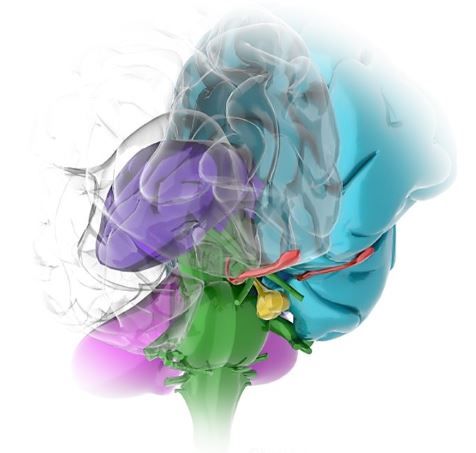Article
Novel Score Identifies Efficacy of Replacement Therapy in AGHD Patients
The new score was developed by incorporating a weighted score into 6 clinical facgtors associated with AGHD.
©Sanja Karin Music/Shutterstock.com

Researchers recently evaluated the use of a score that measures the impact growth hormone replacement therapy (GHRT) has on clinical factors associated with adult growth hormone deficiency (AGHD) and found the score was clinically different in patients who did not receive replacement therapy, according to a recent prospective, multicenter proof-of-concept study.
The Growth hormone deficiency and Efficacy of Treatment (GET) score was developed by incorporating a weighted score into six clinical factors associated with (AGHD):
• Health-related quality of life (40%)
• Bone mineral density (20%)
• Waist circumference (10%)
• Body fat mass (10%)
• Low-density lipoprotein (LDL) cholesterol (10%)
• Disease-related days off of work (10%)
“The newly developed GET score appeared to be a suitable instrument to summarize the features of AGHD and evaluate the pleiotropic response to GH substitution therapy in an integrated way,” Peter H. Kann, MD, PhD, from the Division of Endocrinology & Diabetology at Philipp’s University Marburg in Marburg, Germany, and colleagues wrote in their study. “We suggest the GET score as a tool for clinical studies rather than for routine clinical practice.”
To test the GET score, the researchers analyzed 106 patients who were treatment-naïve at baseline; of these, 53 men and 31 women received GHRT according to their physician’s usual clinical practice, while 13 men and 9 women did not receive GHRT. The baseline average for GET was 51.66 ± 20.48 points and baseline scores were similar between untreated and treated groups as well as by gender.
Efficacy of treatment
⺠GET-associated SF-36 scores improved for women (4.64 ± 24.14) and men (0.96 ± 14.42) in the physical functioning, physical role functioning (women: 5.36 ± 25.66; men: 1.92 ± 30.4) and emotional role functioning (women: 12.05 ± 26.00; 1.39 ± 20.17) components of the score.
⺠Women in the study had a decrease of 30.00 ± 63.44 days in disease-related days off work, while there was no significant change in men.
⺠There was an decrease in waist circumference among women (–2.86 ± 5.15 cm) and men (–1.23 ± 7.55 cm) in the GHRT group from baseline compared with an increase in waistline among women (2.67 ± 5.28 cm) and men (3.86 ± 4.84 cm) in the control group.
⺠Women saw a 0.85% ± 1.06% increase and men saw a 3.46% ± 3.07% in body fat in the control group compared with a decrease of body fat among women (−2.29% ± 4.14%) and men (−1.93% ± 4.52%) in the GHRT group.
⺠From baseline, there was a slight increase in LDL cholesterol among patients in the control and a slight decrease in the GHRT group.
⺠The authors noted a small number of patients underwent dual-energy X-ray absorptiometry to measure bone mineral density and there were small fluctuations throughout the study period that did not meaningfully change from baseline.
Limitations
One major limitation of the study was the significant number of patients (75 of 106 patients) who did not receive a GET score from their baseline because of lack of data. “This was surprising since the score was designed so that a GET score could be calculated with a total weighting of variables of only 70%, to account for potential missing data in a real-world setting,” the authors wrote.
Dr. Kann and colleagues noted future studies in a larger patient population with longer follow-up could overcome some of the limitations encoutered in this proof-of-concept study.
Source: Kann PH, Bergmann S, Bidlingmaier M, et al. Design of the Growth hormone deficiency and Efficacy of Treatment (GET) score and non-interventional proof of concept study. BMC Endocr Disord. 2018 Feb 13.




